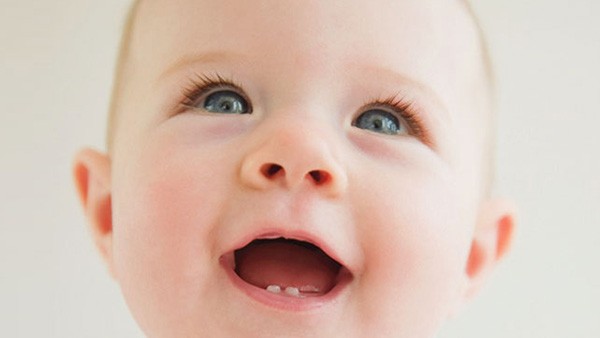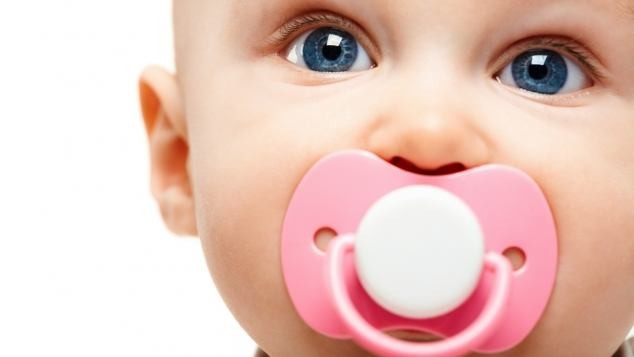The first teeth: everything you need to know

Is your baby about to put on his first teeth? This is a unique moment, but also a very delicate one. Discover with us all that there is to know, so that you can live it to the fullest with him!
The first tooth
The first tooth usually appears around 4-5 months old. Generally, it is one of the two lower central incisors. Once these have been checked, between 7 and 8 months it is the turn of the upper central incisors, followed, between 12 and 18 months, by the lateral incisors, first upper and then lower. After that, it's the molars' turn. Otherwise, between 18 and 24 months, the canines, lower and upper, will appear. Between 24 and 30 months, finally, the second molars will appear.
How do you know the baby's putting his teeth on? The symptoms
It's very simple. First of all, one or more white dots appear on the gum, which tends to blush and swell. But that's not all. The chin and neck may also swell slightly.
Another very evident symptom is the annoyance that the little one starts to feel. This annoyance, in fact, leads him to lose sleep, to complain and get nervous all the time. In addition, the child may show little appetite and its saliva can increase significantly, drooling more than normal.
What problems can the first teeth cause?
Usually when the newborn begins to put his first teeth, both fever and diarrhoea occur. Although according to some experts there is no correlation between the two events, contrary to what is thought! In fact, the first viruses depend exclusively on the fact that the child is no longer protected from maternal antibodies, as it begins to interact directly with the outside world.
How to reduce the first pains?
You can alleviate the first discomforts with special rubber toys with coolants inside that, once cooled, allow the baby to numb his gum by chewing them. Or, there are specific ointments containing thyme, chamomile, mallow and calendula, to be spread several times a day on the gums.
How do I clean my teeth?
Initially, the first tooth is cleaned with a gauze, at least twice a day. Then, you should use a small brush made of very soft bristles, specific for newbies and without the use of toothpaste, but only with water. The latter, in fact, can only be used from 18 months of age.
Lucia Franco
When do the first teeth grow? Useful tips
Normally the first milk teeth appear around the 5th and 8th month of life of the baby and more precisely they are two lower central incisors. Afterwards, the small teeth above and the incisors on the left and..
ReadThe dummy is left with sweetness
The dummy is a good ally of mothers and fathers during the first months of a child's life, but it becomes a real drama when you have to abandon it. Gradually, let's get this straight. Without constrictions and..
Read

